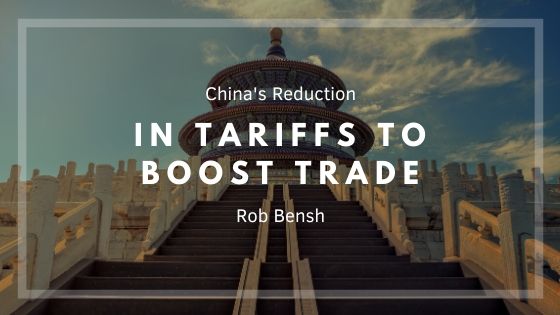Tumultuous global conditions have effectively pressured many countries to evaluate their trade rules and trends. Stiff trade restrictions and high tariffs prevent free trade among nations and are often riddled with complex political motivations. Adjusting the scale on tariffs can increase trade and boost the economy of multiple countries. China is among the latest actors to reconsider tariff wars and trading policies.
African Swine Fever
Ironically enough, the biggest problem China is facing today stemmed from a virus that likely originated from an insect bite. This disease affecting pigs and hogs acts quickly and runs through herd after herd of animals. In little more than a year, nearly 3 million animals have been culled. African Swine Fever has been predominate throughout Asian countries and continues to grow despite efforts to quell transmission.
Import Restrictions
A country may reduce restrictions on imports in several different ways. Leaders may choose to ban a product altogether or impose a stiff tariff on the importing nation. This is usually done to product the domestic economy and prevent foreign entities from underselling goods or services that can be produced locally. Sometimes tariffs are part of a bigger political message.
Similar to an interest rate on money, tariffs protect or limit certain transactions. This movement creates the best case scenario for countries based on their current condition and involves many factors. Political leaders and their advisors deem which items should be subject to an import tariff in order to maximize sustainable growth. In the case of China, a simplified message is clear. They are unable to produce enough pork to sustain their population and will need to encourage trade with other countries in order to meet the demand and feed their own nation.
Tariff Reductions
Reducing tariffs is a tricky and precise business. Countries cannot appear to be appeasing their own needs, so they must make certain accommodations. For example, China is willing to reduce the tariffs on frozen pork products, a commodity they want for their own consumers. In order to make this offer attractive to exporters, China has to be willing to sacrifice the tariff income on other products, such as soybeans, semiconductor parts, electronics, and about 800 other items. This reciprocal trade will boost China’s economy and ensure the needs of the citizens are met.

